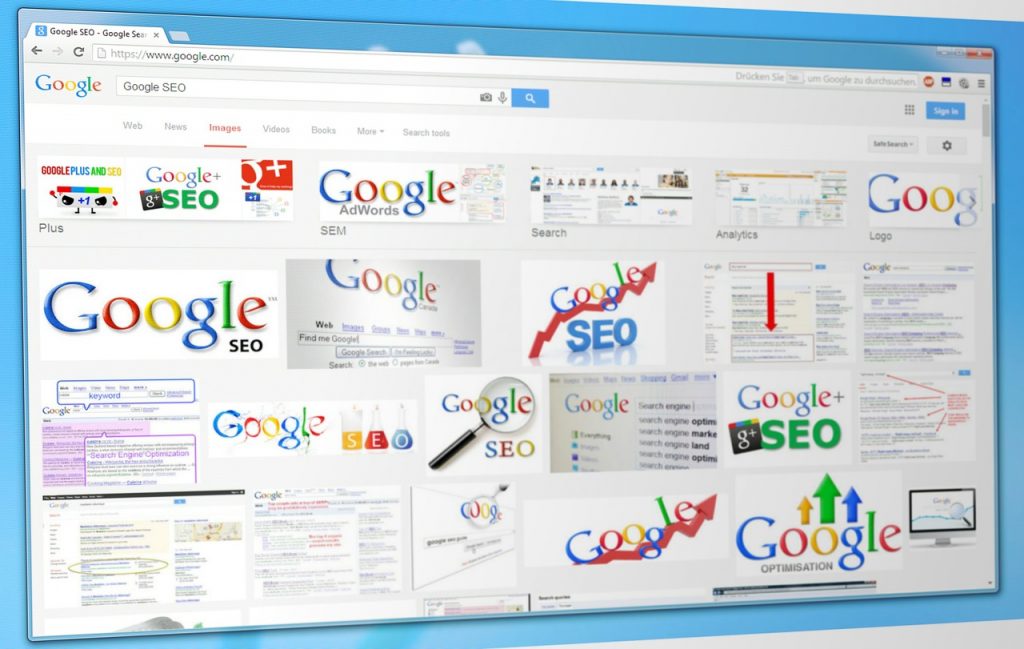Are you seeking for a competitive advantage in SEO? You could be losing out on traffic, user engagement, and sales if your image optimization isn’t up to par. When determining which website to rank for a certain search query, Google considers over 200 variables. While having a well-optimized image will not help you rank first for subpar content, it will help you stand out from other sites that do not optimise their images. What’s the good news? Image optimization isn’t all that difficult. With only a few tweaks to your current image approach, you could see an increase in traffic and leads, as well as sales. In this article, I will talking about how to effectively optimize image on website.
Let’s just jump right in
Tips to effectively optimize image on website

First off, we need to understand why optimizing image is important. Let’s just talk about that a little here. Images that are well-optimized are more visible in Google, resulting in increased traffic. The most important reason for sites to optimise their pictures is for SEO purposes. But, there are numerous other advantages as well:
- Enhance user experience: By making your site easier to explore, well-optimized photos that appear correctly boost UX. For example, large photos can fill the entire screen or obscure other items on the page.
- Improved site performance: When it comes to SEO, time is of the essence. Large or improperly formatted images might cause your site to load slowly, lowering your ranking and aggravating your users.
- Increases the accessibility of your website: Some SEO actions, such as adding alt tags, can help screen readers navigate your site more easily. Web accessibility is beneficial not just to site visitors, but also to SEO.
Technical SEO can be challenging, especially if you aren’t familiar with the most recent Google algorithm modifications and what they imply. The good news is that image optimization isn’t as difficult as other components of SEO, and it doesn’t appear to change as frequently. So, now let’s throw some light on how you can effectively optimize image on website
? Select the Appropriate Image File Format
Using the improper picture file type can result in your photos being displayed wrongly, looking blurry, and even affecting whether or not users can see them. However, there are other image types to choose from, including vectors, JPEGs, raster, PNG, and GIFs.
Which image format is the most SEO-friendly? In general, JPEGs or PNGs are the best options.
JPEG stands for Joint Photographics Expert Group and is a common image file format. They may be viewed on almost any device and can display millions of colours, ensuring that the colour of your photographs is preserved. JPEGs use lossy compression, which means some data is lost during compression, making them unsuitable for professional photography. They are, nevertheless, perfect for featured photographs in blog articles and other comparable images.
PNG is another common picture format that can be viewed on almost any device. These employ lossless compression, which ensures that no data is lost during the compression process. Transparent backgrounds and other components are also supported. The file sizes, on the other hand, are typically substantially bigger.
? Compress the images
Image compression reduces the size of huge image files, making them easier to upload to the internet or save on your device. When done correctly, image compression finds the ideal balance between size and image quality.
Lossy and lossless compression are the two types of picture compression. JPEGs use lossy compression, which throws out some of the data while lossless compression keeps all of it. (As I previously stated, PNGs use lossless compression.)
? Alt text description
An image’s alt text (also known as alternative text) is a written description of what it is and what purpose it serves. This information is used by screen readers to describe photos to their users, and it is also used by Google to determine whether or not an image is related to a search query. Adding alt text if you are using WordPress is really simple. If you are using Google Docs, just right-click on images, then click Alt text, and a box will appear that allows you to add the alt text. To check how your competitors use alt tags, go to their website, right-click, and choose “Inspect.” The alt tags can be found in their website’s code.
? Make sure your image names and descriptions are of high quality
The title of your photograph gives people (and search engines) a little more information about it. While they don’t directly affect ranking (according to Google’s John Mu), they do add context to your site and appear in the code.
Similar to your alt text, I recommend providing a short sentence that explains the image together with the key term the article targets. Because Google provides a title and snippet for photographs, this can also make them easier to locate in Google image search. They’ll take your title into account if you include one.
? Check to see if your images are mobile-friendly
Your photographs should be quite mobile-friendly if you utilised the correct file type and compressed them. However, things don’t always turn out the way we anticipate them to.
Because mobile devices account for more than half of all internet traffic, you’ll want to be sure your photos don’t detract from the mobile experience.
Final thoughts
Google provides a wealth of information on how to improve the performance of our websites and pictures. All of the minor nuances might easily overwhelm you. The suggestions above will assist you in making the most of your photographs; nonetheless, I recommend concentrating on ensuring that your images provide value to consumers. Don’t squeeze photographs in to achieve a quota, and don’t use images that aren’t relevant to your text. For professional help with online marketing, you can reach out to New York Digital Marketing Agency.
